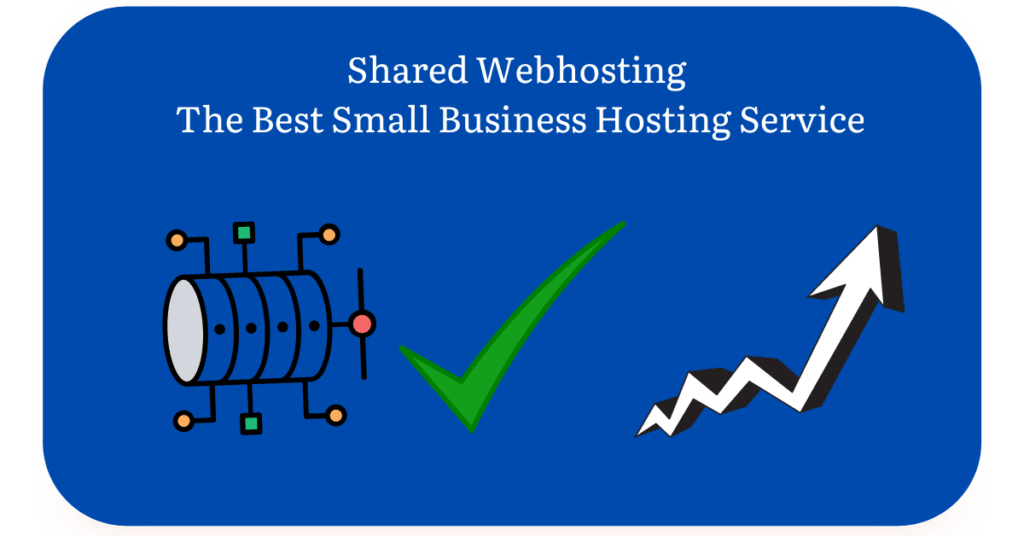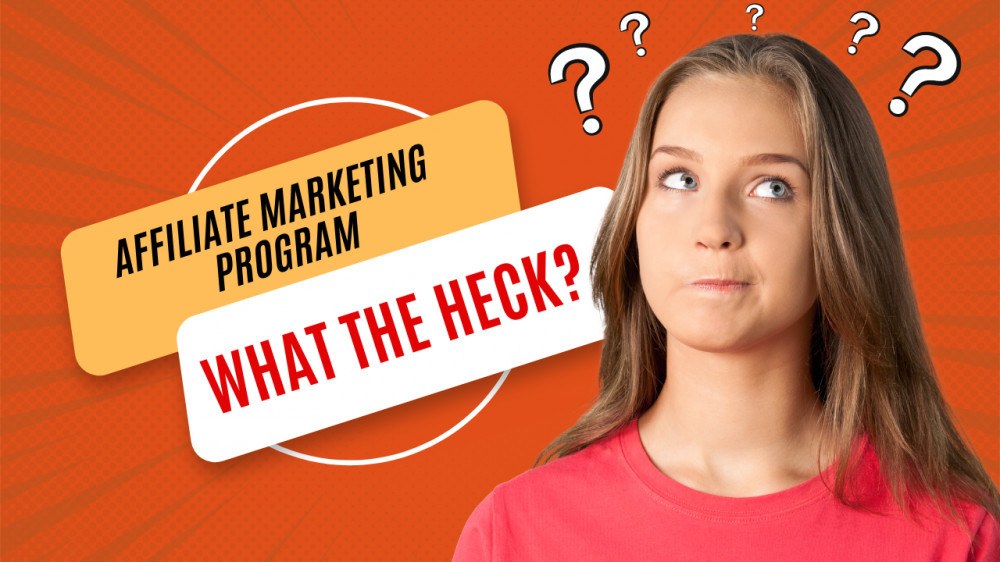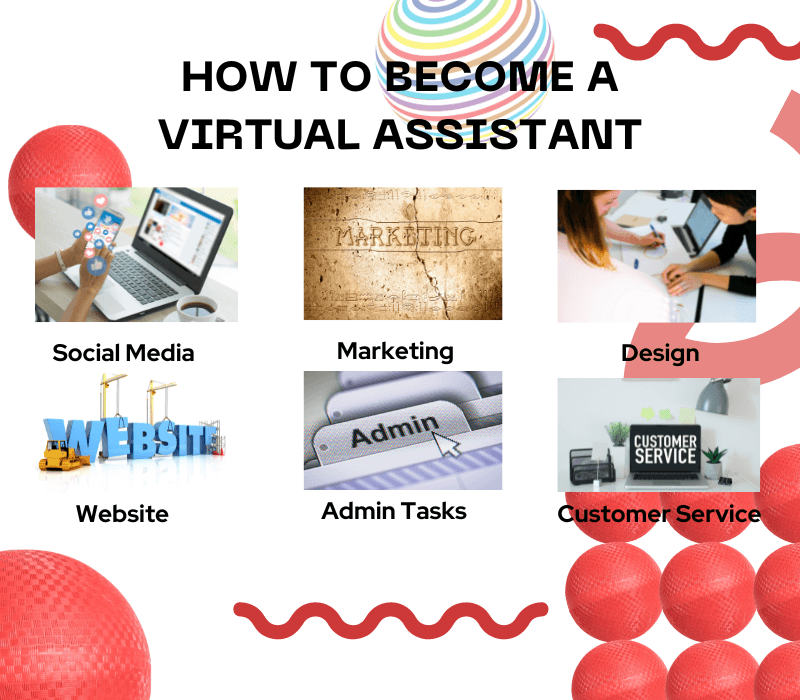It is very important for small businesses to choose a hosting service that is right for their business. The right services can help grow your business.
There are many different options offered by web hosting companies from low-cost shared hosting to fully managed. The ideal web partners assist you to get a good footing on the net from the start of your small business, be it in regards to developing your brand image and presence, search engine optimization or providing a small-business site hosting solution.
The success of your site depends on the choices you make when applying the following steps for your business:
Affiliate disclosure – some of the links on this site are to third-party sites that if you purchase from I will receive a small commission. Full details are available on my page Affiliate Disclosure
Step 1 Buying a Domain name
Before buying a domain, you need to decide on the type of name you are going to have. There are two options that guide your choice and these are will you build a brand or target a keyword.
For example, if you are looking to build a business that is about building houses, then you might go with a brand name like integrity homes, which means your domain name would be integrityhomes.com.
However, if you want a domain that targets a particular keyword like how to find housebuilders with integrity, then your domain would be howtofindhousebuilderswithintegrity.com.
There are many reasons to create a domain and in the example above it was about building a brand or getting free traffic from search engines. No matter what your intent you will need to buy the domain you are interested in.
To buy a domain requires you to either purchase from a domain register, like Namecheap or have the domain offered as part of the hosting package. These are some of the places I have used:
Before you go and register a domain you also need to consider your hosting needs for the domain you intend to purchase.
Step 2 Choosing a hosting company
There is a range of options available for hosting your business from low-cost options to high cost. Each option will have varying options, and it is important to understand how these impact the performance of your site.
The most important aspect of hosting is speed, how fast can visitors load the pages. If your page load within 1-2 seconds then your speed is good. Any longer than this will lower your SEO results and potentially lose customers. While speed is critical you also need to consider the following:
For small websites, shared hosting is without a doubt the best and most economical option, for example, iPage offer 36 months of hosting for $1.99 a month or $71.64 which also includes a domain name. If you are testing a market or just getting started then this represents great value.
Shared Hosting is ideal if:
One of the more frustrating things about building a website is that sometimes you run into problems and your thinking how do I fix this. You head to google and they don’t help, then you ask your domain host to help and because you are on shared hosting, the support is not that great. I had this problem with Namecheap where I was having a problem getting the SSL certificate to load against the site.
Their support was not helpful, so I decided to move my sites to a managed hosting plan with Wealthy Affiliate. Now when I need something done on the server side or troubleshooting a problem, I just ask the support team to fix it. For example, I had a problem integrating Printify with one of my sites and asked support to check the server side. The problem was sorted out in 45 minutes.
The other reason I like managed hosting is the support team constantly monitors my sites for uptime and corrects when needed on the fly. The downside is this usually costs more. The additional cost is quickly made up by quickly getting things fixed and the uptime of my sites equates to more than I pay for this service.
As a startup what you require is a steady and reputable web hosting service that offers the best support when you need it. Our recommendation is Wealthy Affiliate for 24/7 managed sites or iPage for testing and getting started.
Step 3. Creating your website
Our recommendation is to use WordPress, it is simple, has a drag and drop functionality, and is simple to use particularly if you use the Astra theme. What I like about Astra is its functionality and the ability to remove the Astra link in the footer in the pro version. Most themes don’t let this happen in their free version, but Astra does. Very impressed.
There are other options to create your site, but seriously don’t waste your time, in less than 5 minutes you can have a WordPress site online, ready for fine-tuning.
Step 4. Promoting your site
The options for promoting your site consist of two options, free traffic or paid traffic. Free traffic still has a cost just not in $$, but in time and obviously paid traffic costs dollars. Within these options is a myriad of different ways to drive traffic to your site, however, the key is understanding the wants and needs of your ideal customer.
Idendtifying the wants and needs of your ideal customer alongside their habits and hangouts will guide you to creating an offer that resonates with your market. I cannot stress this enough, it will accelerate your business into the stratosphere and beyond. Why because you will know what to place in front of them, where to place it and how to shape the offer to trigger their emotional response to your offer.
If you want to define your ideal customer here are some questions to ask about your customers:
Step 5. Getting Revenue from your site
Traffic is the key to making money from any site, but a site with lots of traffic is useless if there is no monetization occurring. Your market will determine how you monetize your site, let them tell you. The key here and this is why we identified an ideal customer is to present paid options that resonate with your ideal customer. Some options include:
We have covered a bit of ground here and I hope you gained some value from this information. Have a nice day.




